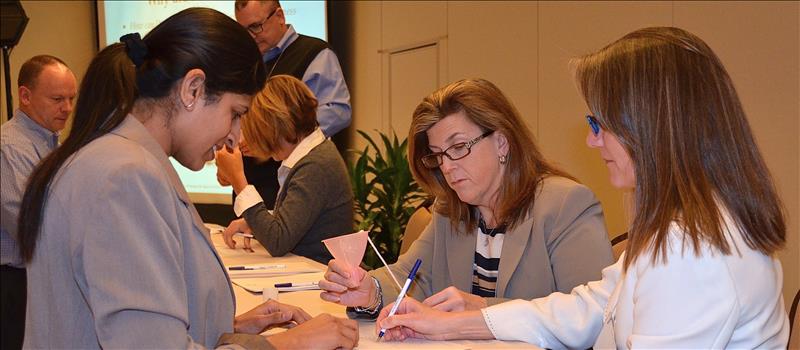
The Funnel Experiment was devised by Dr. Deming to describe the adverse effects of making changes to a process without first making a careful study of the possible causes of the variation in that process. He referred to such process “worsening" efforts as “tampering.”
In the physical experiment, a marble is dropped through a funnel onto a sheet of paper, which contains a target. The objective of the process is to get the marble to come to a stop as close to the target as possible. Given the resulting variation from target, the experiment uses several “adjustment” methods to attempt to manipulate the funnel’s location to achieve the objective of the dropped marble falling closer and closer to the target.
The learning or “rules” of the experiment can be applied to many different types of common knee-jerk reactions (tampering) on the part of management, all of which are impediments to effective management and continual improvement, including:
 Adjusting a process when a result is out of the range of its requirements
Adjusting a process when a result is out of the range of its requirements- Making changes without the aid of control charts to monitor variation
- Changing organization policy based on the latest employee satisfaction survey
- Modifying the quota to reflect current output of the system
- Using variances from previous budgets or expenditures to set new budgets
- Relying on history passed down from generation to generation to create today’s standards



 Adjusting a process when a result is out of the range of its requirements
Adjusting a process when a result is out of the range of its requirements